Searching for the optimal table tennis
Before we cover what we believe to be the top 10 best table tennis rubbers, we’ll first discuss the properties of table tennis rubbers. This is a vital step that you should not overlook.
| Image | Name | Type | Buy Now |
|---|---|---|---|

|
Butterfly Tenergy 05 | Inverted | CHECK CURRENT PRICE |
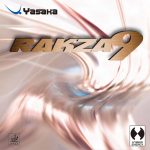
|
Yasaka Rakza 9 | Inverted | CHECK CURRENT PRICE |
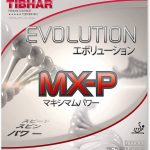
|
Tibhar Evolution MX-P | Inverted | CHECK CURRENT PRICE |

|
Butterfly Sriver | Inverted | CHECK CURRENT PRICE |
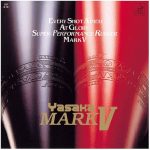
|
Yasaka Mark V | Inverted | CHECK CURRENT PRICE |
| DHS Hurricane 3 National | Inverted | CHECK CURRENT PRICE | |
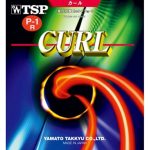
|
TSP Curl P1R | Long pips | CHECK CURRENT PRICE |
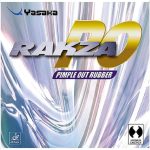
|
Yaska Rakza PO | Short pips | CHECK CURRENT PRICE |
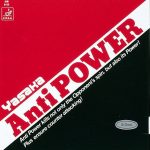
|
Yasaka Anti-Power | Anti-spin | CHECK CURRENT PRICE |
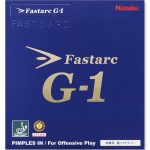
|
Nittaku Fastarc G-1 | Inverted | CHECK CURRENT PRICE |
Table of Contents
Best Table Tennis Rubbers Buyer’s Guide
As a serious ping pong player, you should pick a high-quality
Type of Table Tennis Rubber
The biggest decision you have to make when choosing the
Inverted Rubber
This refers to ping pong rubbers where the pimples face inward into the sponge. The outside is smooth and ideal for producing spin. It also behaves normally — you can both produce spin and are susceptible to it.
Short Pimples
Short pips rubbers are somewhat like opposites to inverted rubbers. The pips face outward as opposed to inward. Therefore they strike the ball directly. This changes the way the ball behaves. Short pips reduce the incoming spin, making it very tricky to play against. This type of
Long Pimples
Long pips are perhaps the trickiest of all the types of table tennis rubbers. While they are often used defensively, long pips also have some (albeit limited) offensive ability. It is so difficult to play against that long pimples can either increase the spin on the ball, reverse it entirely, or throw back a dead ball. Horrible stuff!
Anti-spin
Anti-spin does what it says on the tin. It kills the spin on the ball. It has a mostly frictionless smooth surface, and its pimples are facing inward into the sponge, exactly like inverted rubbers. Despite its nature to kill the spin on the ball, anti-spin can produce spin to some degree, just much less than most other rubbers.
Thickness
- <1.5 mm: Optimal for the defensive style. The thin sponge helps deaden the ball and slow the game down. Great for blocking and chopping.
- 1.5 mm – 1.9 mm: Great for the allround style. Offers a mix of control and speed. Ideal for players that mix up topspin and backspin or those that focus on consistency and only occasionally go for winners.
- 2 mm+: This is the thickness you want if you love to attack. These rubbers are great for players who love to loop and smash.
Spin, Speed, & Control
Once you’ve chosen your preferred type of
If you’re a beginner, you should seek a high control rating with a relatively low spin and speed rating. And as you improve, you can bump up the speed and spin, as this will help enhance the quality of shots you perform.
Tacky vs Non-Tacky
When it comes to producing spin, you have two distinct qualities that will help you rotate the ball: tackiness and grip.
Tacky rubbers are highly popular in China. They possess stickiness which the ball adheres to. You can perform a simple tackiness test by placing a table tennis ball on a flat surface, pressing your paddle against it from over the ball, and lifting it upwards. Tacky rubbers will lift the ball up off of the surface, grippy rubbers will not.
Grippy rubbers have a lot of friction, which helps rotate the ball. These rubbers often have softer sponges than Chinese rubbers and are very popular in Japan and Europe.
Hardness
Sponge hardness affects how your ping pong paddle
Soft rubbers instead flourish at looping. They produce more spin and have more feeling. That being said, a
Best Rubbers for 2023 — Table Tennis Rubber Reviews
1. Tenergy 05 — Strong Catapult Effect
Pros
- Very high spin
- Very fast
- Widely used by professionals
Cons
- Expensive
- Hard to control
Tenergy 05 is a medium-hard grippy inverted
To learn more, check out our Butterfly Tenergy 05 review.
2. Yasaka Rakza 9
Pros
- Very high spin
- Very fast
- Well-priced
Cons
- Hard to control
As of the time of writing, Rakza is Yasaka’s top-of-the-line series. While all of the rubbers in this range are great, we have chosen to select Rakza 9 due to its increased pace compared to the other models. It’s super quick and has very high spin to go with it. This
3. Tibhar Evolution MX-P — Blistering Speed
Pros
- Very high spin
- Top speed
- Fairly spin insensitive
Cons
- Hard to control
- Poor durability
Evolution MX-P is well known for its insane speed levels — it’s one of the quickest rubbers available. But it’s not only fast but also very spinny, making it a great choice for modern-day attackers. Besides its being difficult to control, the issue with this
To learn more, check out this Tibhar Evolution MX-P review by Ping Pong Ruler.
4. Butterfly Sriver
Pros
- High speed and spin
- Controllable
- Well-priced
Cons
- Not as fast or spinny as top rubbers
Butterfly Sriver has long been considered a classic table tennis
It feels softer than the rubbers covered thus far and has a fairly low throw angle.
Read More: Sriver vs Yasaka Mark V
5. YASAKA Mark V
Pros
- High speed and spin
- Controllable
- Well-priced
- Available in many thicknesses
Cons
- Not as fast or spinny as top rubbers
Much like how Sriver is one of the old-school legends for Butterfly, Mark V is the equivalent of Yasaka. Upon its release, it was very popular with professional players, and it helped said players win many titles. Today it remains a popular choice over two decades after its release, which is highly impressive.
Mark V generally complements an allround game. However, it’s fairly versatile given that you can buy it in thicknesses from 1 mm to max. This means even pure defenders or attackers can use it greatly. In my opinion, it’s a great choice for developing intermediate players.
To learn more about Mark V check out our dedicated review.
6. DHS Hurricane 3 National — High Tackiness
Pros
- High speed and spin
- Controllable
- Many gears
Cons
- Very expensive
- Picks up dust and dirt easily
DHS Hurricane 3 National marks our first tacky
A drawback to Hurricane 3 National is the cost. While the standard Hurricane 3 is inexpensive, the National version is very pricey. This is because it was specifically designed for the Chinese national teams who require peak quality.
Read More: Drills and Skills to Practice
7. TSP Curl P1R — Super Deceptive
Pros
- Very deceptive
- Controllable
- Inexpensive
Cons
- Limited attacking potential
As the best ping pong
8. Yasaka Rakza PO
Pros
- Very fast
- Highly durable
- More spin than you would expect
Cons
- A little difficult to use
- Fairly expensive
For our short pips
My only critique is that it’s a little difficult to use as it doesn’t have a high margin for error and cost. Rakza PO is fairly expensive for a short pips
9. Yasaka Anti-Power
Pros
- Makes you tricky to play against
- Inexpensive
Cons
- Poor spin
- Poor pace
Although anti-spin rubbers are not particularly popular with most players, we thought that we had best include at least one kind on our list. The honor goes to Anti-Power, an inexpensive
10. Nittaku Fastarc G-1
Pros
-
- Very high spin
- Very fast
- Highly durable
Cons
- Hard to control
Nittaku Fastarc G1 is a Japanese
Conclusion
Finding the best table tennis
To recap, Tenergy 05 is a super choice for fast and spinny attackers, but both Evolution MX-P and Rakza 9 are great alternatives for players who prefer to play more directly with a touch more pace. On the other hand, Hurricane 3 National is our best
Switching it up, TSP Curl P1R is our
FAQs
What Is the Fastest Table Tennis Rubber ?
There are a lot of rubbers in contention for having the most speed, such a
Which Table Tennis Rubber Is Best?
The best
Are Thicker Rubbers Better?
Thicker rubbers are better for players who like to attack. If you sport an offensive style, we recommend purchasing rubbers with sponge that measures 2 mm or greater in thickness. If you play defensively, thicker sponges are not a good fit for your style. The best table tennis rubbers for you instead have sponge that measures 1.5 mm or less.
Related post:

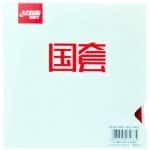
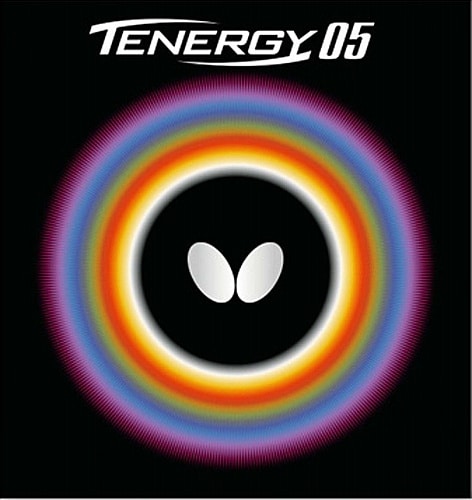
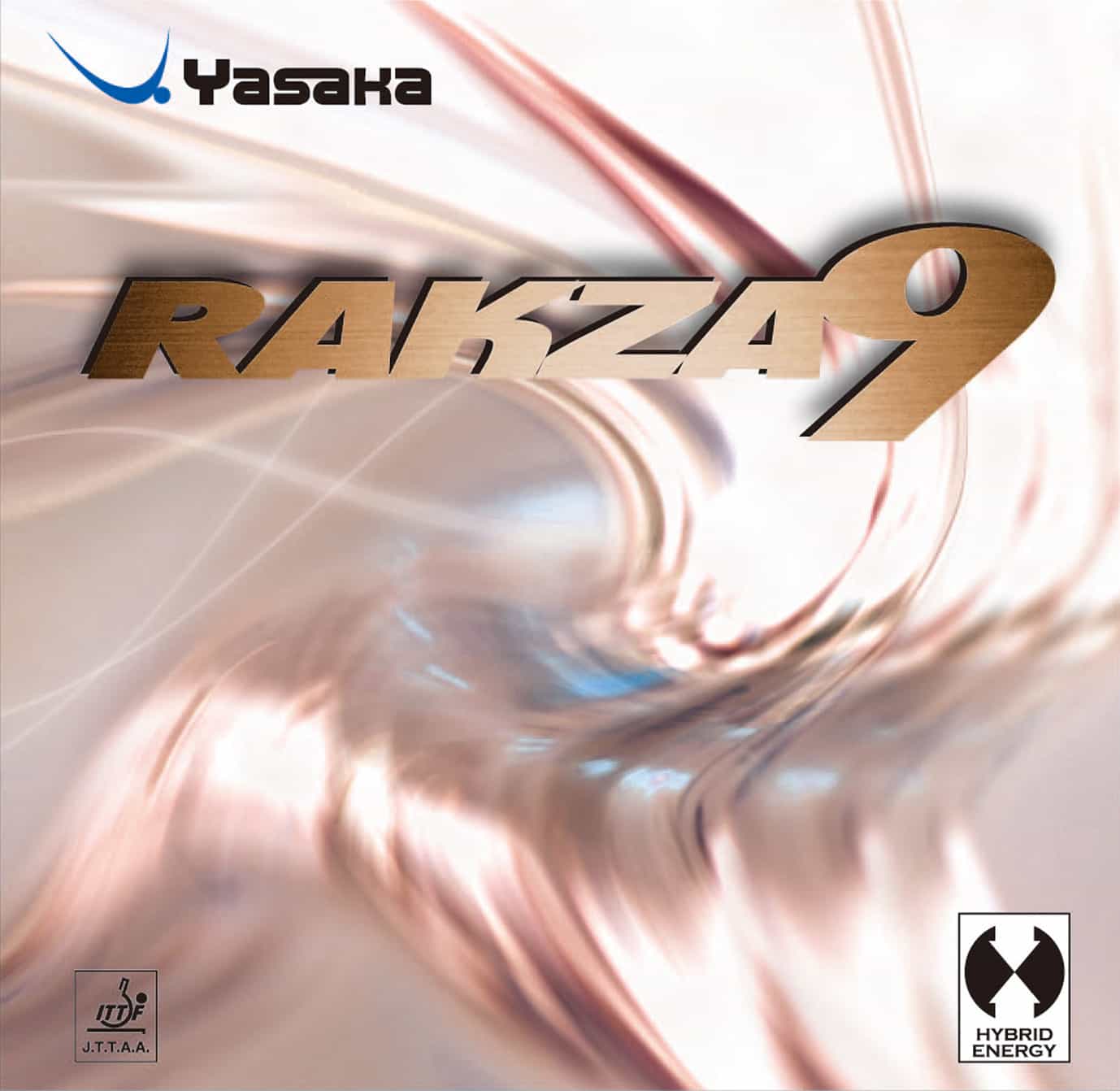
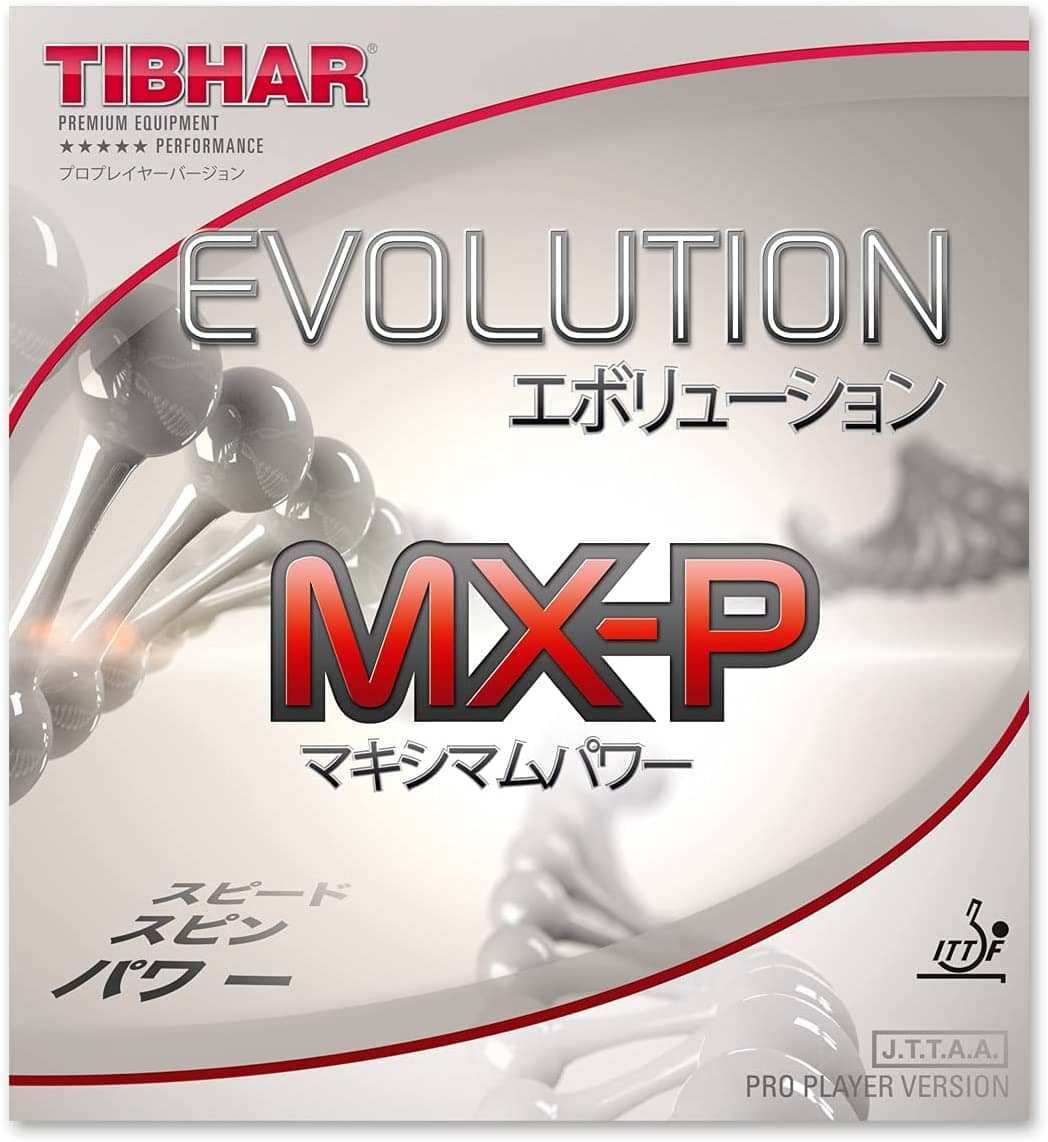
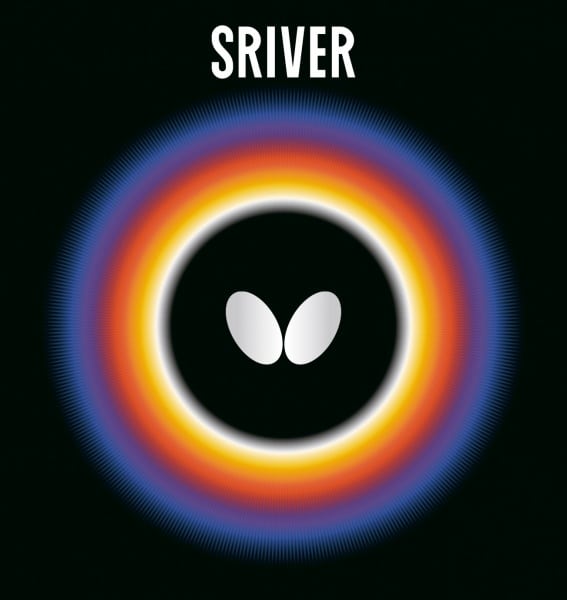
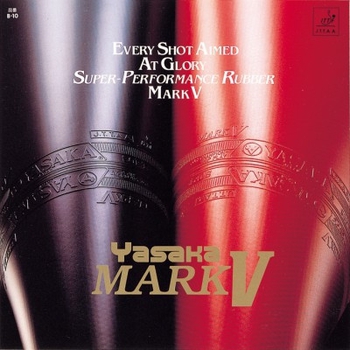
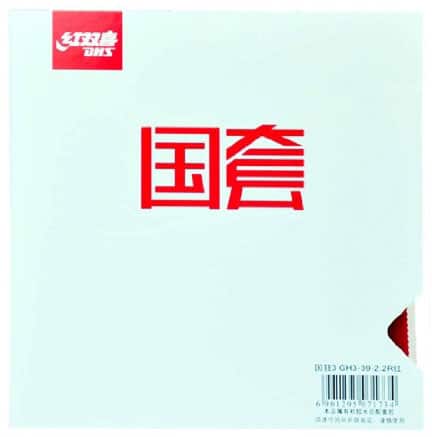
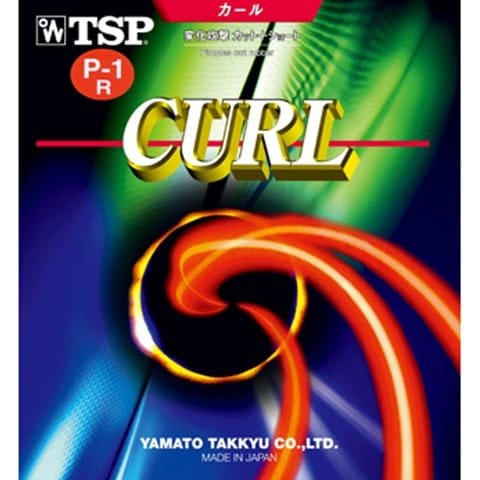
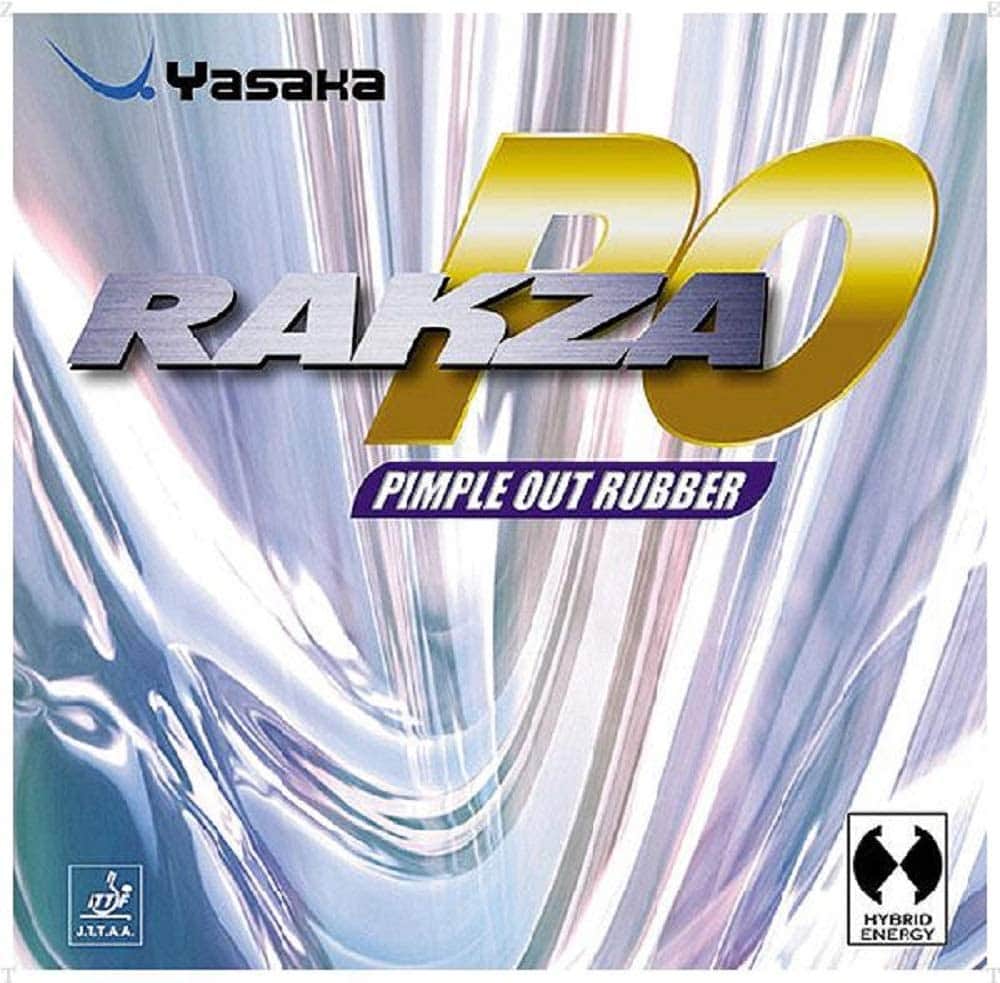
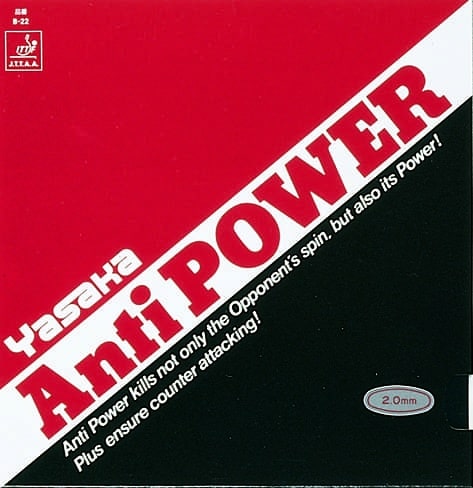
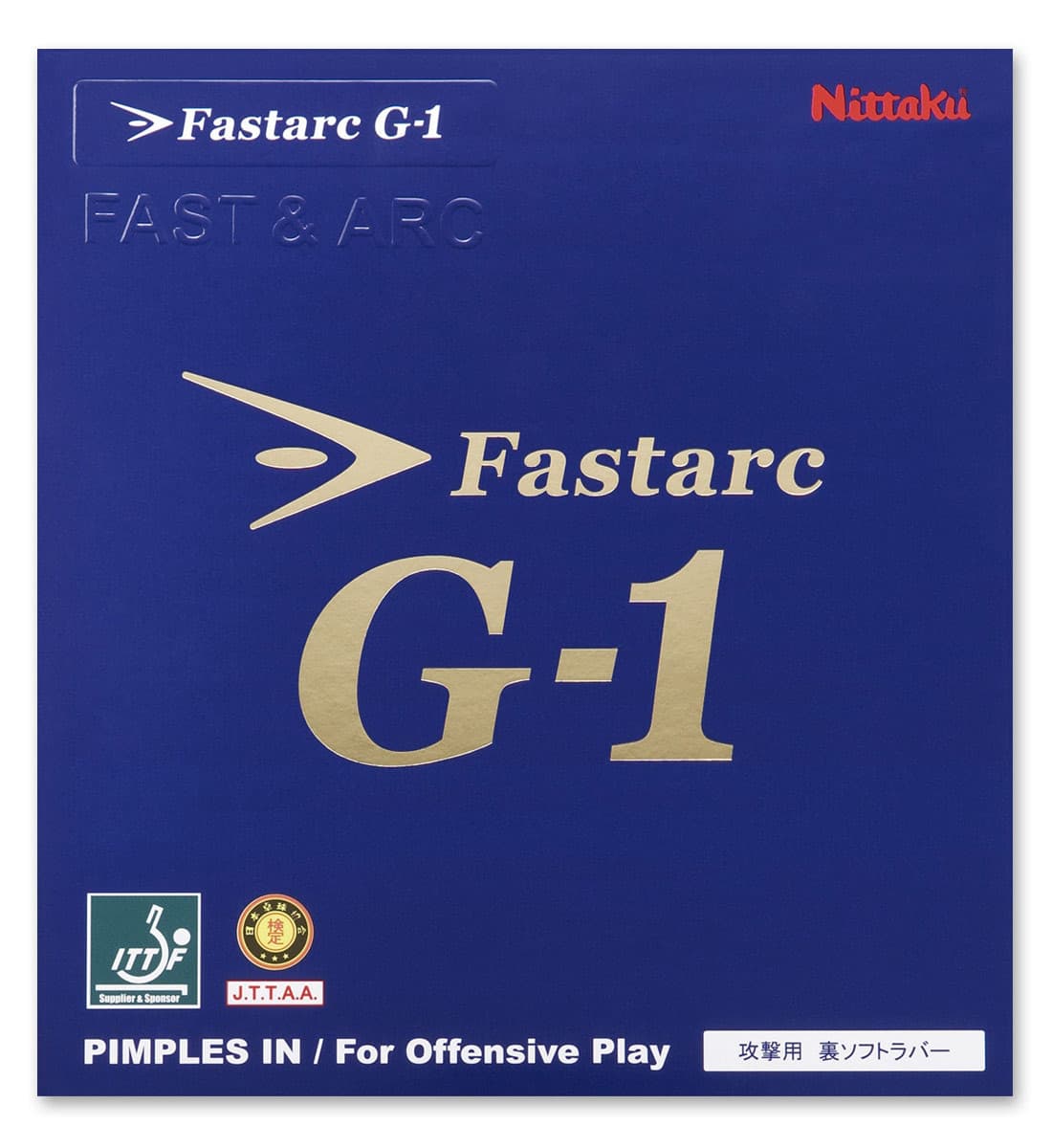

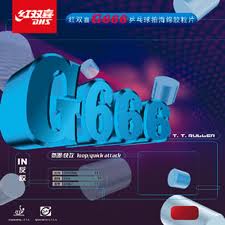
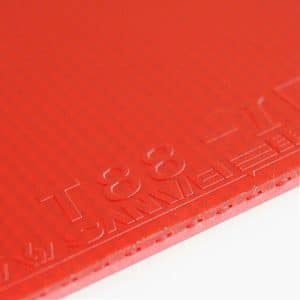
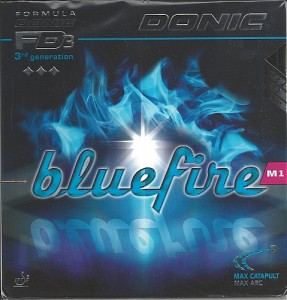
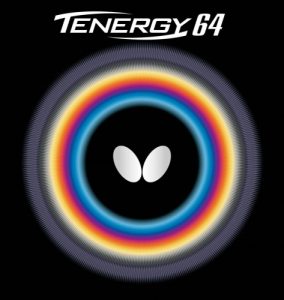
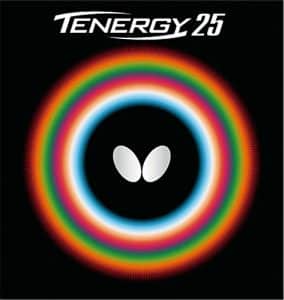
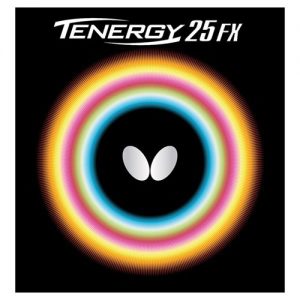
2 thoughts on “The 10 Best Table Tennis Rubbers”
Some of the old rubbers such as the joola topspin c have been forgotten. They play a bit like Chinese rubbers but also have the Japanese feel. Some where in the middle with lots of control.
Visitor Rating: 5 Stars